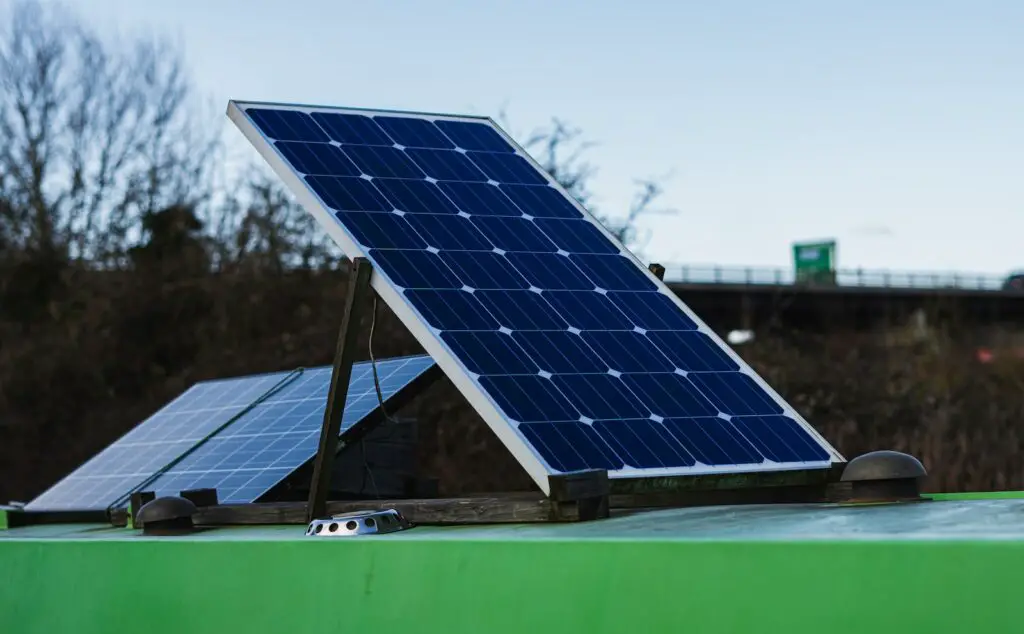Solar energy is on the rise as a means to lower energy bills and foster self-sustainability among homeowners.
As you delve into solar energy systems, you’ll discover that solar panels come in two distinct types: n-type and p-type panels.
Understanding the distinctions between these two can aid you in selecting the one that aligns with your particular needs and budget.
The structure of a solar cell may exhibit slight variations depending on the specific technology employed in its manufacture.
In numerous solar cells, an aluminum back surface field and a P-N Junction are present.
The P-N junction houses p-type crystalline silicon wafers carrying a positive charge, alongside n-type crystalline silicon wafers bearing a negative charge.
A notable distinction between n-type and p-type solar cells lies in the type of crystalline silicon (c-Si) wafers constituting the bulk region and those forming the slender emitter region.
Both wafers collaborate to establish an internal electric field within the solar cell, aiding in energy generation.
N-Type Solar Panels
N-type solar panels feature a negatively charged bulk c-Si region, achieved by doping the wafer with phosphorus, while its upper emitter layer retains a negative charge due to boron doping.
N-type solar panels are gaining traction for their significant advantage of being resilient to light-induced degradation, an issue found in P-type solar panels.
Suitable for various construction types, N-type solar panels promise a prolonged lifespan, albeit at a higher solar panel cost compared to conventional P-type panels.
P-Type Solar Panels
P-type solar panels boast a predominantly negatively charged bulk c-Si region, courtesy of boron doping, while its top emitter layer is positively charged owing to phosphorus doping.
P-type solar panels currently enjoy a larger market presence than N-type panels.
This preference stems from the belief that p-type solar cells exhibit superior radiation tolerance, have found extensive utilization in space applications, and have been subjected to more extensive research compared to N-type panels.
Their widespread availability renders p-type panels a more budget-friendly option for the typical homeowner.
N-Type VS. P-Type Solar Panels
N-type and P-type solar panels, with minor construction differences, are gaining popularity among homeowners.
It’s crucial to understand their performance, durability, output, efficiency, and cost-effectiveness to make an informed choice for your solar energy system.
N-type panels slightly outperform P-type panels with an efficiency of 25.7% compared to 23.6%.
P-type panels suffer from light-induced degradation due to boron interaction with oxygen, reducing performance by up to 10% over time. Initially designed for space use, this issue surfaces in residential use on Earth.
N-type panels, although more efficient and longer-lasting, are costlier due to newer technology, whereas P-type panels are more affordable owing to their longer presence in the market and established production technology.
Which Is Better: N-Types or P-Types?
When choosing between N-type and P-type solar panels for your solar energy system, consider your budget, energy needs, and installation space.
N-type panels are more expensive upfront but offer higher efficiency, making them suitable for high energy needs, especially in limited space.
On the other hand, P-type panels are more budget-friendly and could be a better choice if you have a larger installation area and are more cost-conscious, despite being slightly less efficient than N-type panels.








